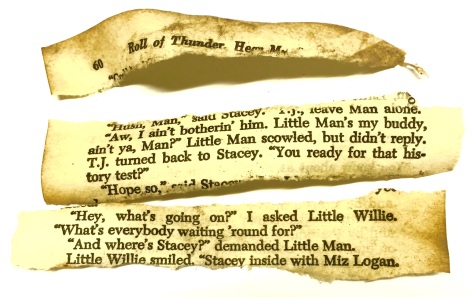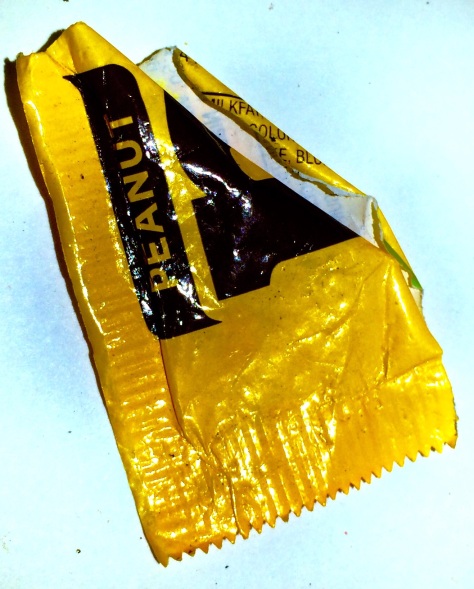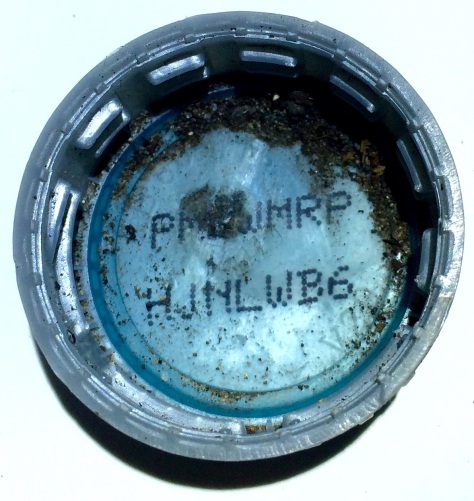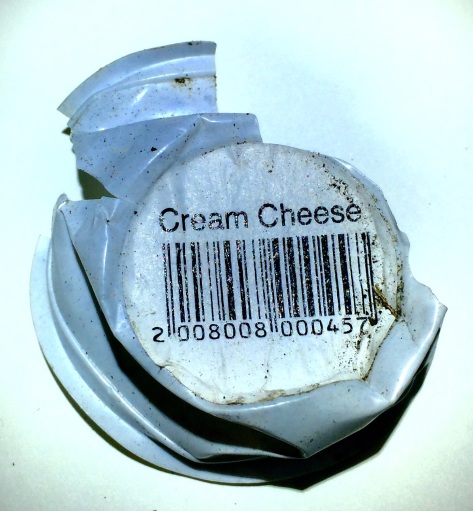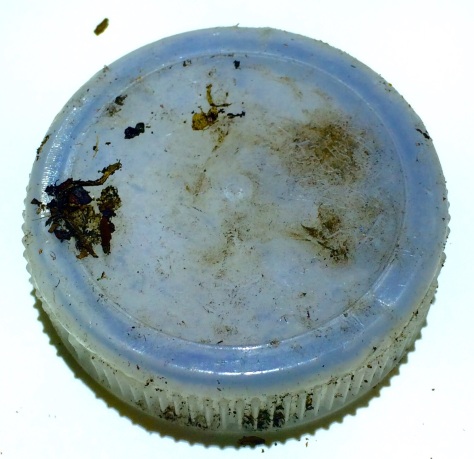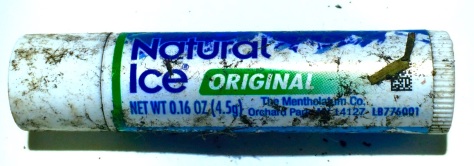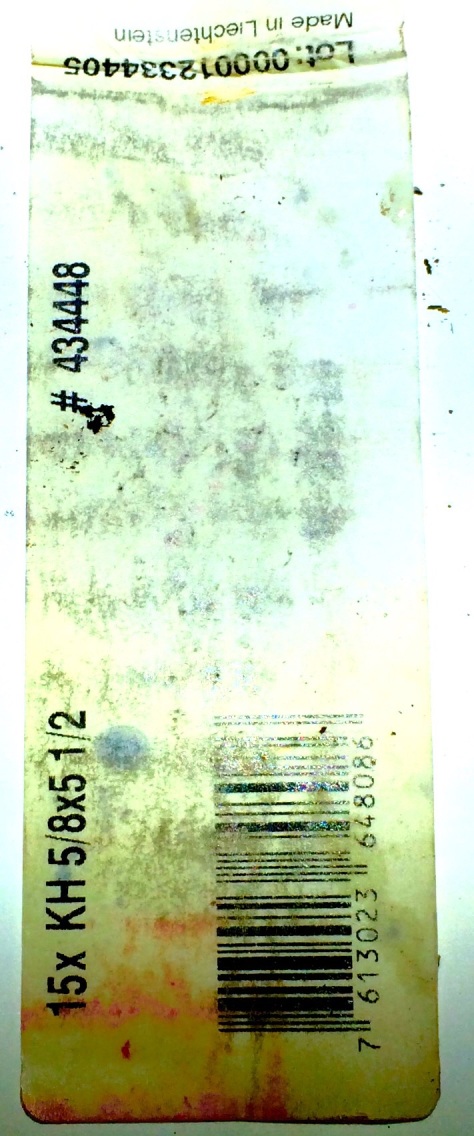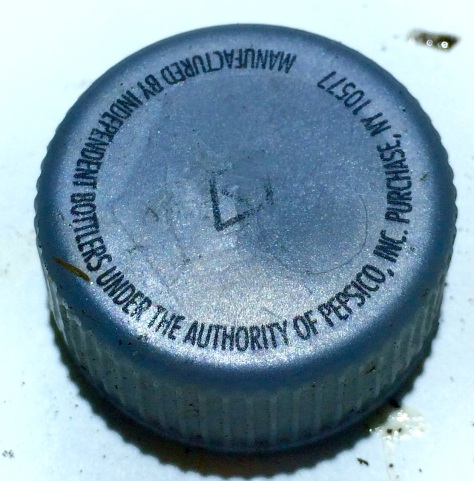I am writing about a game arguably weirder than even the ones my peers write about, because it is old (from 1987), it is for the Nintendo Entertainment System, and the version I have isn’t even available digitally (but more on that later). You probably are wondering why I play a game from 30 years ago. Simply put, it’s a thing called retro gaming whereby people, especially adults who were kids when these games came out, play old video games for fun on systems that random companies make specifically for these people.
Storyline/Plot
Basically, in Mike Tyson’s Punch-Out!!, you play a boxer named Little Mac, who has to fight a bunch of people in multiple tourneys until he gets to the Heavyweight Champion of the World, Mike Tyson. You box, and then, hopefully, you win. That’s it, nothing fancy.
Controls
If you’ve ever seen an NES controller, you know it’s a rectangle—control pad on the left, then SELECT, START, B, and A (in left-to-right order). You have the perspective of being behind and above Mac, who is much shorter than his opponents. To punch, press B for right body, A for left, and combine these with Up to do head punches. You can dodge attacks with Left and Right, and can block with Down. Select does nothing, and Start causes you to perform the super uppercut which requires a star (which I will explain). Sadly, there is no pause function, so you have to wait until the end of one of the fight’s 3 three-minute rounds or the end of the fight itself if you want to be able to leave for a short time.
Gameplay
To win, you must KO your opponent—either by knocking him to the floor so that he does not get up and the count ends, or knocking him down thrice in a round. (If you are at all confused with boxing terminology, watch the end of Rocky, Rocky II, Rocky III, Rocky IV, or Rocky Balboa.) Both you and an opponent have a health bar; when it drops to zero, you or the opponent are knocked down, or KO’d. Mac can recover by rapidly pressing A and/or B, but this only works well the first two times. When you can’t recover, you lose. (You do have two extra “lives,” but if you lose a second time, you are ranked down in the tournament.) You also have hearts. When you are hit, you lose hearts (less if you block). Once you have zero hearts, Mac turns purple, and can’t punch or block for a time (probably about ten seconds, but I don’t actually know). You also have stars, which you earn them by punching an opponent at a specific time (which changes with each opponent), and, when you have them, can press Start to do a super uppercut. This takes time to charge, however, which can leave you vulnerable.
Characters, Graphics, and Music
Your opponents are all stereotypical people from the capital of their country. Mike Tyson, however, is a real boxer from the time period, whose punches are instant knockouts during the first 90 seconds of the fight. The graphics are pretty good for a NES game, and each character plays a musical “theme” at the beginning of your first round with them, which are pretty cool. The regular, in-fight music is pretty monotonous.
Saving
While this is an NES game, there is a password-based saving system—after you beat a tournament, you get a password that you enter at the game’s title screen to start there. This allows you save, and also to cheat, since you can just Google the passwords and skip ahead.
Wrapping It Up
Now that you know a lot about Mike Tyson’s Punch-Out!!, you probably want to know how to get it. You can either buy the cartridge on Amazon, or purchase it in the eShop on the Nintendo 3DS/WiiU. The cartridge requires you to have an NES or retro system. A commonly bought one (and the one I have) is called a Hyperkin Retron. You can buy one from either Amazon or Game Craze for less than $100. If you buy the game on the eShop, it is slightly different. It is, alas, just Punch-Out!!
You see, Nintendo’s ability to use Mike Tyson as a character was temporary, so after the time was up they re-released Mike Tyson’s Punch-Out!! as just Punch-Out!!, and replaced Tyson with the fictional Mr. Dream.


